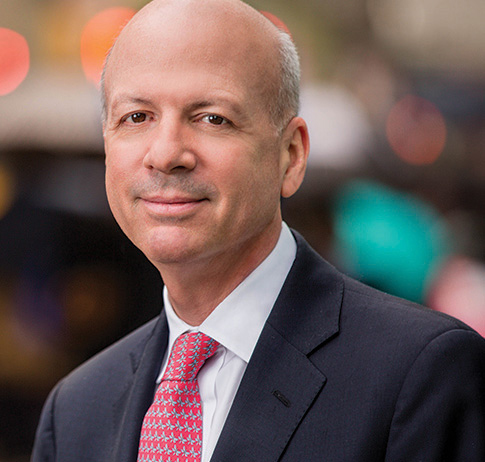Ridgway Barker co-authored this article with Elizabeth Fiechter.
In the pre-COVID world, on February 19, 2020, the Small Business Reorganization Act (SBRA) became effective, adding the Subchapter V to Chapter 11 of the United States Bankruptcy Code. The SBRA streamlines the Chapter 11 process, creating a far more economical and efficient reorganization path that is uniquely tailored to small businesses.
Unlike the traditional Chapter 11 case, the Subchapter V process is cost-effective, can often be accomplished at near lightning speed, and more easily allows for owners to retain equity in the reorganized business. Furthermore, recognizing the remedy that it can provide during post-COVID recovery, Congress recently expanded Subchapter V eligibility under the CARES Act, temporarily opening this powerful option to many more businesses.
Who is eligible for Subchapter V relief?
The SBRA provides that a debtor may elect to proceed under Subchapter V if it is an entity or an individual (single asset real estate debtors are ineligible) engaged in commercial activity with total debts – secured and unsecured – of less than $2,725,625. In March 2020, Congress temporarily increased this debt limit to $7,500,000 in Section 1113 of the CARES Act, presently effective for one year. The increased debt limit expands Subchapter V eligibility to many small business debtors that would have otherwise been subject to the often complex and expensive traditional Chapter 11 process.
How is the Chapter 11 process streamlined?
The SBRA creates a Chapter 11 process that is far more economical, efficient, and appropriate for small business debtors than a traditional Chapter 11.
Economical
Subchapter V allows debtors to retain their pre-bankruptcy counsel as debtor’s counsel in the Chapter 11 proceeding if that counsel’s pre-bankruptcy claim does not exceed $10,000. This reduces the steep learning-curve-cost of retaining new counsel for the Chapter 11 matter, streamlines pre-filing preparation, facilitates pre-filing negotiations with creditors, and potentially enables debtors to enter the Chapter 11 process armed with something close to a “pre-pack” plan. The Subchapter V process also eliminates the requirement for the debtor to file a disclosure statement, which can be an expensive, voluminous filing that often delays proceedings. Additionally, in ordinary Subchapter V cases, there will be no creditors' committee, further reducing expense and delay.
Efficient
Even if the debtor cannot reach agreements with creditors pre-filing, Subchapter V sets forth an efficient reorganization process. A status conference must be scheduled within 60 days of the initial Subchapter V filing and the debtor must file its plan of reorganization within 90 days. Further streamlining the process, in a Subchapter V case only the debtor may file a plan. A standing trustee is also appointed and is tasked with facilitating a consensual plan of reorganization. A traditional Chapter 11 process can take years. In contrast, the new Subchapter V process is designed to take only a few short months from initial filing to confirmation and can potentially be expedited even more quickly if creditors agree to the outline of a plan pre-filing.
Appropriate
The Subchapter V process is uniquely tailored to the needs of small businesses. It allows confirmation of a plan over creditors' objections, provides debtors with three to five years to make plan payments, and more easily facilitates owners retaining equity in the reorganized debtor. A debtor can either confirm a consensual plan or it may confirm a plan over creditors’ objections provided that the plan is fair and equitable to creditors. As in a traditional Chapter 11 case, creditors must receive at least as much as they would in a Chapter 7 liquidation. If the plan is non-consensual, Subchapter V provides for the debtor to contribute all "projected disposable income" – everything after expenses necessary to support the debtor and operate the business— to making plan payments over three to five years. Upon confirmation of a consensual plan, the debtor will receive a discharge. In the case of a non-consensual plan, the discharge will be granted once all plan payments are completed. Of particular importance to many small business owners, the absolute priority rule for unsecured creditors is eliminated in Subchapter V, making it easier for owners to retain equity in the reorganized debtor.
Conclusion
While the decision to reorganize in Subchapter V must be made only after careful deliberation and full exploration of all other options, small business debtors now have a new weapon in their arsenal as they fight their way back from mandatory COVID-19 closures and ongoing reduced capacity orders. The SBRA Subchapter V process offers small businesses a new and powerful tool for adapting to and navigating in a post-COVID world.
For additional guidance, please contact your regular Withers attorney or a member of our Corporate Team.

